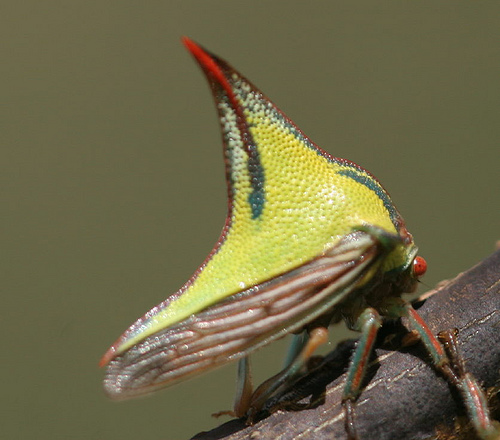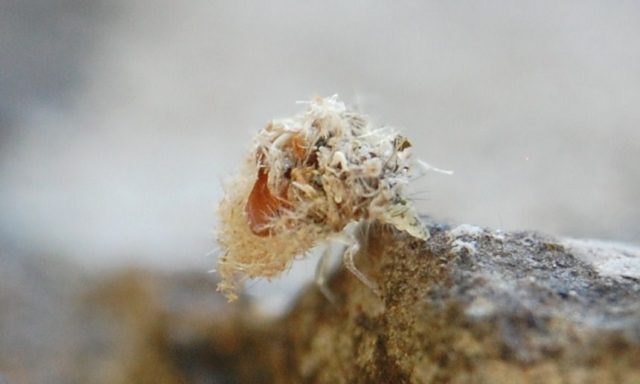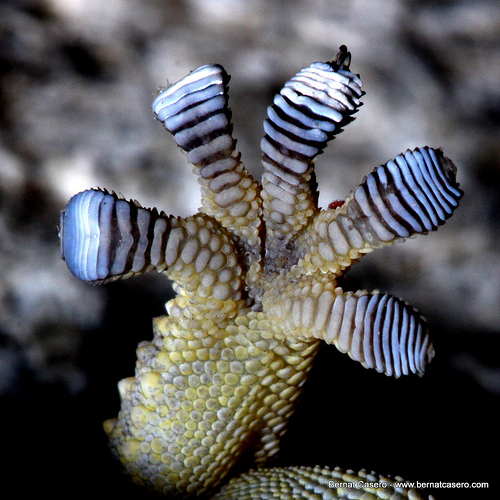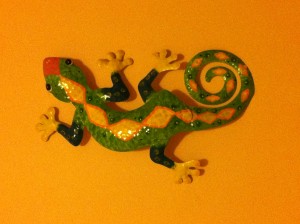As a mother of three young children I have had many charming moments that I feel I will remember forever…. first steps, first words, how they pronounced a certain word, the list is endless. Memories to cherish for a lifetime…. and then I forget!! Startling but true! More moments forgotten than remembered. However, certain things will stay with me forever…. like when my daughter was five and we got chickens for the first time; she was beginning to learn the joy of finding and collecting the eggs each day. One day she came to the back door with her bounty only to trip at the step and drop an egg. The poor thing burst into tears with the dramatic exclamation…
……………………………….”MAMMY, I HATCHED AN EGG!
 |
| Image credit: Graham Ettridge |
I will never forget that one! It was hard to keep a straight face as I tried to console my sobbing child. With all the egg activities and treats of the Easter it has certainly got us talking and thinking about eggs in this house, have you ever wondered about these marvels of nature?
WHAT IS AN EGG MADE OF?
Firstly, what exactly is an egg made of and what purpose does each component have?
 |
| Image source: http://www.exploratorium.edu |
The shell: the egg shell is made of calcium carbonate (95%), just like the enamel of our teeth (see previous post). The other 5% of the egg shell is made up of calcium phosphate, magnesium carbonate and proteins. Although the shell gives the egg it’s strength you might be surprised to learn that it actually contains up to 7,000 tiny holes (pores); these pores allow air and moisture pass through the shell.
The bloom/cuticle: this is a protein coating outside the egg shell that acts as a natural barrier to bacteria and dust while reducing moisture loss.
The membrane: there are two layers of membrane just inside the shell called the outer and inner membrane. These membranes are like layers of skin and contain a protein called keratin, which is found in our own nails and hair!
The yoke: the yellow of the egg contained within a membrane called the vitelline membrane. The yolk is the part of the egg that feeds the developing embryo – it has a very high protein content and is also rich in vitamins and minerals. The yolk contains all of the egg’s fat and cholesterol. The yolk is the primary food store for the developing chick.
The Albumen: this is the white of the egg; it has a high protein and water content. The albumen cushions the developing chick and keeps it moist while still in the egg.
The air cell: this is a pocket of air at the wide end of the egg, created between the outer and inner membrane. The air cell gets bigger as the egg ages.
The chalazea: these are spiral ropes of egg white that keep the yolk in place.
WHAT ANIMALS LAY EGGS?
Animals that lay eggs are called oviparous and they include birds, fish, amphibians, many reptiles, many arachnids and insects, some molluscs and two mammals – the echidna and the platypus. Mammals that lay eggs are referred to as momtremes.
A BIT OF EGG EVOLUTION
The reptile is credited as inventing the egg shell, allowing their young to develop outside the mother’s body. All true dinosaurs are reptiles and they all laid eggs. The development of the egg shell has been a fundamental step in evolution as it allowed the embryo develop in self contained egg, without the requirement for water. This removed animals’ dependence on water for breeding.
HOW IS AN EGG MADE?
In the hen it takes about 24 to 26 hours to produce an egg. An egg is made from the inside out, starting with the yolk which is released from the hens ovary and moves through various parts of the body where another element of the egg is added until finally the finished egg reaches the vent and the egg is laid. Within 30 minutes of laying an egg, the process will start for the hen all over again.
SO WHAT GOES ON INSIDE THE EGG?
The embryo has started to develop in the egg while it is still being made within the body of the hen. Once the egg is laid the development of the embryo will only continue if conditions are correct. If the temperature and humidity levels are right (temp approx 22oC, relative humidity 50% ) the development of the embryo will continue after the egg is laid. This process continues for approximately 21 days. If the egg is being hatched under a broody hen then the hen must turn the eggs regularly.
THE HATCHING PROCESS
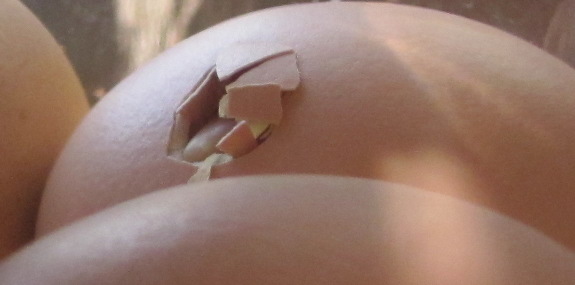 |
| Image credit: http://www.waldeneffect.org |
Finally, when the time is right, its time to crack out and see the world. The young of many egg-laying species are equipped with an egg tooth – a tooth like projection on the end of a beak (birds) or protruding from a jaw (reptiles) that helps the young animal tear through the membrane and break through the hard shell. The egg tooth will eventually be reabsorbed or fall off.
Chicks and many other animals will hatch from the larger, rounded side of the egg. That is because this is the end where the air cell is usually located. Once the chick becomes too larger to receive enough oxygen from inside the egg it will use it’s egg tooth to pierce through the inner membrane into the air cell space. This provides them with an extra supply of oxygen, just enough to sustain them as they continue the hatching process and crack and break though the egg shell.
We have been lucky enough to hatch a few broods of chicks over the years and it is always so exciting to meet the little ones for the first time.
| This is chips – one of our brood! |
So the only other question to be addressed is “which came first – the chicken or the egg?” but I think that’s a blog in itself, perhaps for another day!
AN EXPERIMENT TO TRY – HOW STRONG IS AN EGGSHELL?
You would be amazed how strong an egg shell is, although you might want to try this one over a sink!
Hold a raw egg between your thumb and first finger, holding at the two ends and then apply pressure – as hard as you can! You might be surprised to notice that the egg doesn’t break!
If you repeat this but apply the pressure to the sides of the egg, things might not go so well and you might find yourself covered in egg!
So why is this? Although an egg shell can be very fragile, it’s shape can provide it with great strength. This is because the egg is dome shaped at the top and the bottom, just like a bridge structure; this structure means that when you apply pressure the force is distributed evenly over the shell, not just on one point, hence the egg does not crack!
Further reading:
Anatomy of an egg
Eggshell
Poultry reproduction and incubation

